After the debacle of the Senate hearings on juvenile delinquency and the EC comic-book witch-hunt, Bill Gaines had to drastically revise his publishing line, since the newly instituted Comics Code forbade practically all of the titles he had previously been offering, with words like “horror,” “crime,” and “shock” now strictly forbidden.
Gaines’ more adult-oriented “New Direction” comics made their debut in late 1954/early 1955, featuring titles like PIRACY, PSYCHOANALYSIS, VALOR, M.D. and IMPACT. And it was in IMPACT #1 that can be found the first EC story I ever read, and the one that to this day is burned in my memory like the first time I ever saw it: Bernie Krigstein’s “Master Race.”
When I was a kid, there were no EC Comics collected editions available anywhere, and in the small town where I grew up, you just didn’t see old comic books from the fifties lying around. So my first and only exposure to EC came at my local library, which in 1981 got a copy of <I>A Smithsonian Book of Comic-Book Comics,” a hardbound collection of significant comics, or as editors Michael Barrier and Martin Williams put it, “a statement about the comic book at its best.” And their choices are spot-on.
Along with the historically necessary first appearances of Siegel & Shuster’s Superman and Bill Finger and Bob Kane’s Batman, the book contains a Jack Cole Plastic Man story, a wonderful C.C. Beck Captain Marvel story, some John Stanley Little Lulus, a Carl Barks Donald Duck, some Walt Kelly Pogo stories, several of the best Will Eisner Spirit stories, and an excellent selection of EC offerings, including the aforementioned “Master Race.”
I was drawn to the book for its Captain Marvel and Plastic Man stories, but soon discovered the incredible charm of the Pogos and the Lulus, and the sheer genius of the Eisners. But the EC stories scared me. They were dark, and serious. And even more disturbing, they felt real, and none more so than “Master Race.”
Written by editor Al Feldstein and designed and drawn by Krigstein, “Master Race” tells the story of a man on a subway who recognizes a fellow passenger from their mutual, terrible past in a Nazi concentration camp. As told in a haunted second-person narration, the story cuts back and forth between the protagonist’s guilty furtive glances at the man from his past and his memories of the horrible atrocities of the Nazi death camps. As the reader recoils at the horrors revealed, the mass graves, the ovens, the medical experimentation, the terrible point is made clear, as the fellow passenger recognizes the protagonist in turn:
As the tension mounts, Krigstein begins to divide the action into smaller and smaller panels, ratcheting up the tension in a manner unlike most EC Comics, which had a very strict and established storytelling grid, and using artistic devices such as the repetition of images to express the rapidity of motion.
Even today, some five decades later, you’d be hard-pressed to find a more keen understanding of what makes comics storytelling work. It’s shocking, it’s visceral and grimly satisfying in the end. EC at its best.

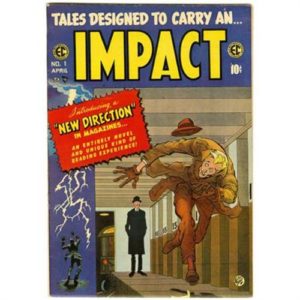
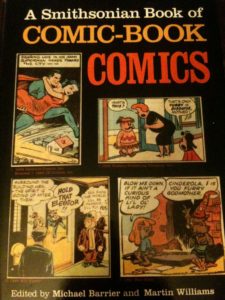
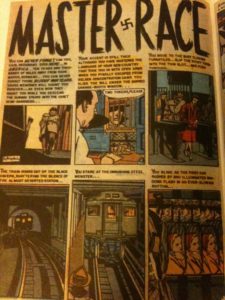
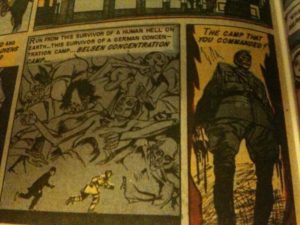
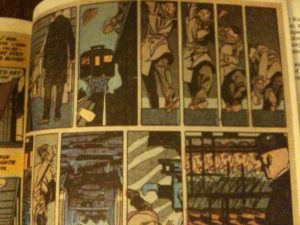
Comments are closed.